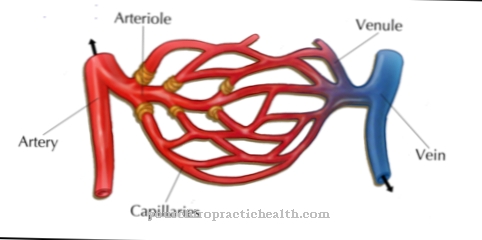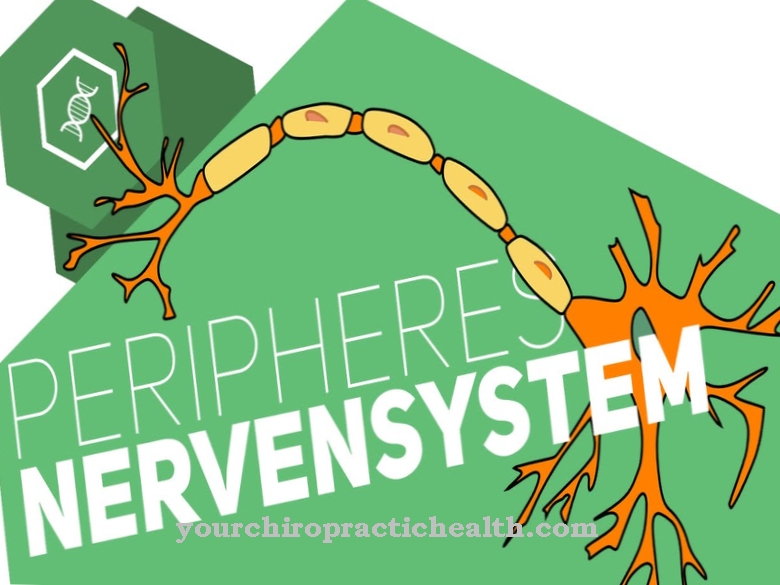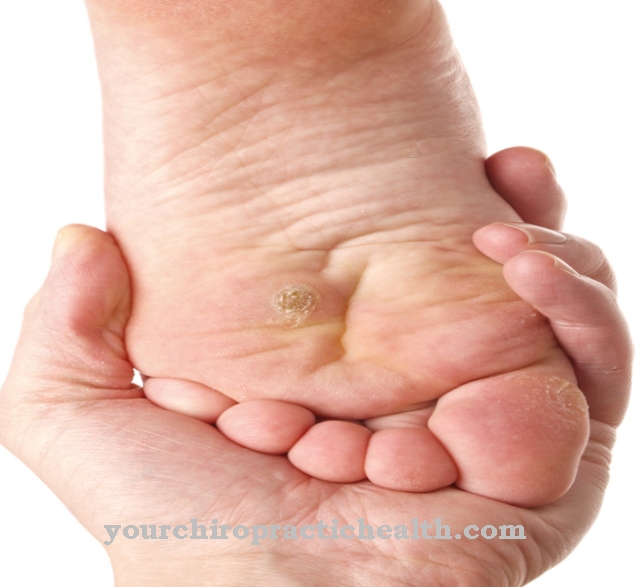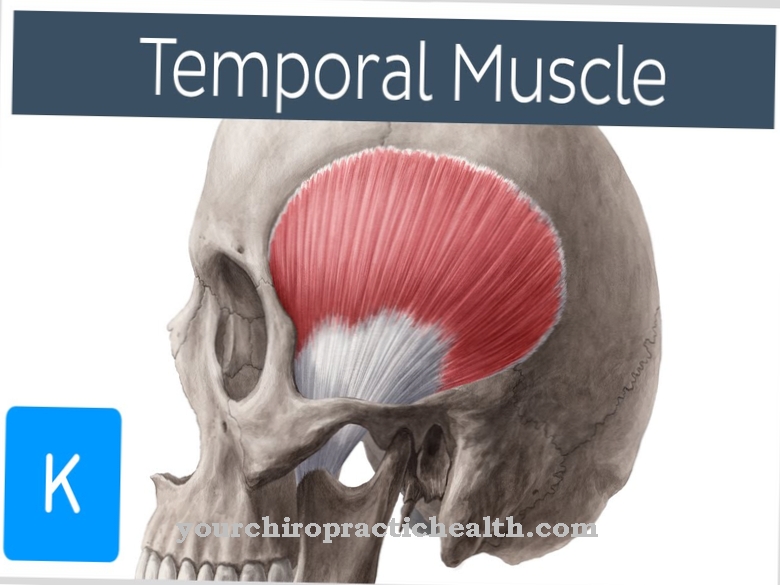The Rectus sheath envelops the straight abdominal muscles. It serves to protect against external influences and plays a decisive role in the design of the hull, as long as it is not prevented from performing this function.
What is the rectus sheath?
The term rectus sheath is made up of the middle part of the name of the rectus abdominis muscle (straight abdominal muscle) and the original meaning of the word sheath = sleeve.
It is a connective tissue covering that loops around the two muscle bellies that run alongside the center line of the lower torso. It actually forms a structure whose shape can be compared to a sword scabbard. However, the movement aspect is missing. The muscles cannot be pulled out of the scabbard like a sword. They are fixed and can only be moved slightly. The rectus sheath is formed from the aponeuroses (extensive tendons) of the other abdominal muscles. These include the oblique abdominal muscles (M. obliquus abdominis externus and internus) and the transverse abdominal muscle (M. transversus abdominis).
Coming from the left and right, the tendon extensions form a structure in which the fiber course of the individual leaves corresponds to the original pulling direction of the associated muscles. This creates a network of fibers that systematically stretches around the rectus abdominis muscle.
Anatomy & structure
The two straight abdominal muscles form two strands of muscles that run alongside the midline of the abdomen. They arise from the cartilages of the 5th - 7th ribs and the tip of the sternum. From there they run straight down and attach to the symphysis.
They become continuously narrower from top to bottom. There is a gap between the two muscle bellies, the linea alba (white line), which is wider above the navel than below. The rectus sheath, formed by the other abdominal muscles, encompasses the two muscle bellies according to an organized system, which is divided into one part above and one below the arcuate line (arched line). The lower part is only weak and thin. To organize the upper section, the aponeurosis of the musculus obliquus abdominis internus divides into two leaves at the outer edge of the rectus. One pulls to its back, the other covers the front.
The superficial leaf is supplemented by extensions of the tendons of the M. obliquus abdominis externus, the deep one by those of the M. transversus abdominis. In the area of the linea alba, the fibers of the various parts cross and network.
Function & tasks
The rectus sheath holds the rectus abdominis muscle in shape. Together with the 3 - 4 intermediate tendons (Intersectiones tendinae), which divide the two muscles into individual compartments, they form the basis for the six-pack (sometimes also an eight-pack) when in good training condition. In the crossover area it prevents the linea alba from diverging too much.
An important function of all components involved in the system is the protection of the abdominal viscera. For this purpose, the rectus sheath is fused with the fascia and the peritoneum on the abdomen, so that, together with the muscle belly, a strong protective cover is created on the front of the abdomen; the transversus abdominis is mainly responsible for this function on the side.
The special construction of the rectus sheath with the intersecting fiber strands of the various muscles is the decisive factor for the waist of the trunk in this area. The construction corresponds to a support corset. The diagonal fibers of the M. rectus abdominis externus on one side merge into those of the M. obliquus abdominis internus on the other side without loss of continuity. This diagonal network is finally completed by the transverse fibers of the transversus abdominis muscle. A conscious tension of the muscles involved leads to an accentuation of the shapes in the middle of the body with normal body weight.
The integration of the aponeurosis of the M. transversus abdominis at the edge of the rectus prevents the abdomen from being drawn in too much by the tension of this muscle. Such a process would not be beneficial for the organs below.
The diagonal networking of two internal and external oblique abdominal muscles unites and strengthens their respective movement and stability functions. This is particularly important for movements that involve flexion and rotation of the spine, such as those used in abdominal muscle training against gravity.
You can find your medication here
➔ Medicines against tension and muscle painDiseases
An often temporary dysfunction is the divergence of the linea alba, the rectus diastasis. The cause is the expansion of the abdomen.
It typically occurs during pregnancy when the abdominal wall expands so much that the tensile forces can no longer be compensated for by the tendon fibers. But also being very overweight or a pronounced weakness of the connective tissue can cause this occurrence. In the first two cases the process is reversible when the waist circumference is brought back to normal. Regular training of the oblique abdominal muscles promotes the regeneration process.
In the area of the navel, the connective tissue structure of the linea alba is broken. After birth, where the umbilical cord was in the embryo, there is a muscle ring that is too weak in infants, but also in some adults. If the pressure is too strong, parts of the peritoneum can be pushed out through this gate, creating the so-called umbilical hernia. This is often only visually striking and symptom-free.
Peritonitis, called peritonitis, occurs as a result of inflammation in the area of the abdominal organs and is usually triggered by bacteria. The back sheet of the rectus sheath, in close proximity to the peritoneum, can be affected by the inflammatory process.
A typical injury that can damage the rectus sheath is a strained abdominal muscle. The primary result is a tear in the muscle fibers. But the causing sudden increase in tension is also transmitted to the connective tissue parts of the system. There can also be cracks or circumscribed defects that are extremely painful.






















.jpg)



